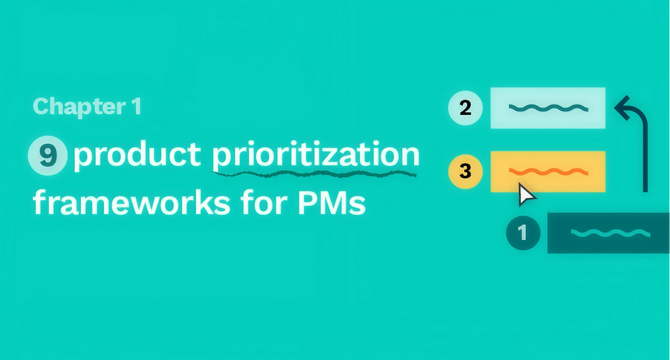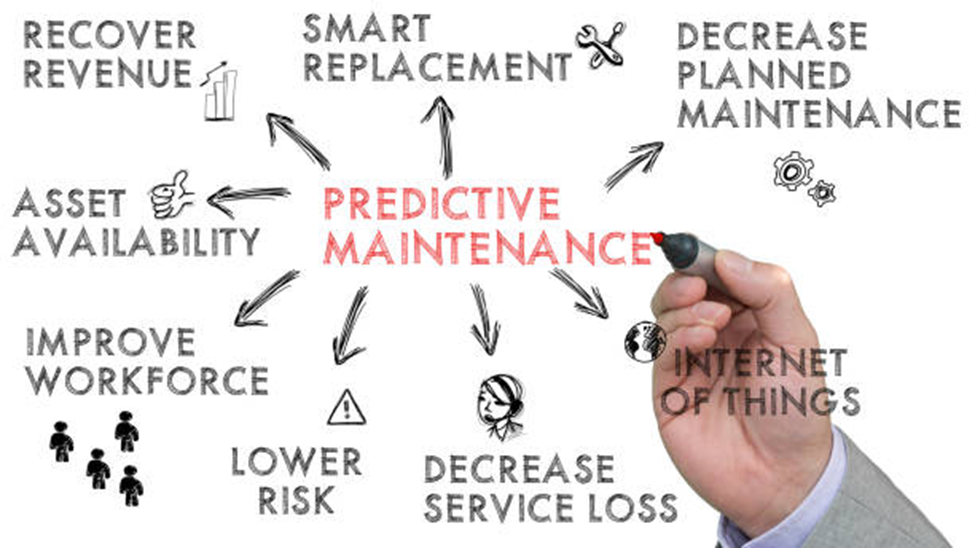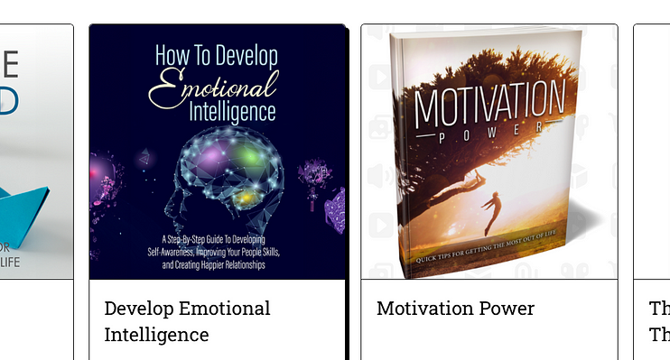Product Management News
Medium
0

What’s the Chorus of your Product?
- The chorus or hook of a song is like the unique identity of a product, making it stand out.
- Software industry can learn from the music industry by focusing on identifying and enhancing the 'chorus' of their product.
- Sia's approach to crafting a song's chorus serves as inspiration for product strategy in software development.
- Product leaders should guide their teams in pinpointing the unique feature ('chorus') of the product being built.
Read Full Article
Like
Medium
280

✨ Atomic Design – For Those Who Feel “Components Are Not the Whole Story”
- Atomic Design 2.0 aims to redefine the concept of component organization and user experience.
- Brad Frost introduced Atomic Design in 2013, a UI composition model that brought clarity and modularity to design.
- Modern UI dynamics have evolved, prompting the need for a shift towards behavior, reusability, and flow awareness.
- The updated Atomic Design approach focuses on user journeys, behavior, reusability, and narrative importance rather than static classification.
Read Full Article
16 Likes
Medium
138

My first 6 months as a Product Manager
- Recap of a newcomer's first 6 months as a Product Manager at Park+.
- Highlights include learning from a Director, importance of design, and prioritization strategies.
- Insights on problem solving, PMF growth, customer value proposition, and user interaction.
- Advice on adjusting to a new organization and key takeaways for aspiring PMs.
Read Full Article
8 Likes
Medium
209

Image Credit: Medium
Norton 360 Deluxe 2025 Review – Is This the Best Antivirus for You?
- Norton 360 Deluxe 2025 offers comprehensive protection for up to 5 devices on various platforms, including real-time threat detection, secure VPN, dark web monitoring, parental controls, and 50GB cloud backup.
- Pros include multi-device coverage, built-in VPN, user-friendly interface, strong defense against phishing and ransomware, and identity protection tools.
- Cons include potential surprise charges from automatic renewal, variable VPN performance based on location, and slight system speed impact during full scans.
- User reviews praise Norton 360 Deluxe for its all-in-one features and ease of use, making it a trusted choice for complete digital security in 2025.
Read Full Article
12 Likes
Discover more
- Programming News
- Software News
- Web Design
- Devops News
- Open Source News
- Databases
- Cloud News
- Operating Systems News
- Agile Methodology News
- Computer Engineering
- Startup News
- Cryptocurrency News
- Technology News
- Blockchain News
- Data Science News
- AR News
- Apple News
- Cyber Security News
- Leadership News
- Gaming News
- Automobiles News
Medium
223

Image Credit: Medium
How Steve Jobs Saved Apple with Ruthless Focus and Repeatable GTM Strategy
- Steve Jobs saved Apple by implementing a clear GTM strategy.
- He used a 2x2 product focus matrix to streamline operations and improve margins.
- Apple's narrative 'Think Different' and focus on design and user experience were key to their success.
- Jobs avoided common GTM mistakes and focused on a repeatable strategy for product launches and growth.
Read Full Article
13 Likes
Hackernoon
184

Image Credit: Hackernoon
Bad Hair Day? Not for Product Managers
- Hair, a natural protein filament, serves functional, social, and emotional purposes, contributing to appearance and grooming.
- The perpetual dissatisfaction with hair drives a global haircare industry worth $100 billion, showcasing eternal demand.
- Hair exemplifies characteristics of enduring products including abundant supply, easy harvesting, and value across dimensions, inspiring perpetual dissatisfaction.
- Product managers are advised to incorporate the HAAIRR attributes (having abundant supply, being easy to harvest, adding value across dimensions, inspiring perpetual dissatisfaction, being re-purposable, reusable, and recyclable) into their product designs for enduring value propositions.
Read Full Article
11 Likes
Medium
104

Image Credit: Medium
The Untold Tales of a Product Manager
- Product managers have a multifaceted role that continues to evolve, involving managing people, strategies, revenue generation, and decision-making across company operations.
- Contrary to the perception of a chill job, being a product manager involves collaborating with various stakeholders, dealing with chaos, and playing a crucial role in the success of products.
- Despite the challenges, being a product manager is fulfilling and impactful, with the potential to change lives through research, strategy, and product development.
- While acknowledging the chaos and pressure, the role of a product manager is seen as crucial in ensuring products are successfully launched and make a positive impact on the world.
Read Full Article
6 Likes
Medium
118

Image Credit: Medium
How Smart PMs Are Rethinking Prioritization in 2025
- Product prioritization is a critical aspect of product management involving choosing which features to develop first.
- Various prioritization frameworks exist to aid product managers in making informed decisions, such as quantitative models, visual frameworks, customer-centric models, and more.
- The goal is to avoid a bloated backlog, missed deadlines, and wasted effort by focusing on meaningful work that satisfies customers and aligns with business goals.
- Adopting different prioritization frameworks based on the specific needs can lead to better decision-making and overall product success.
Read Full Article
6 Likes
Medium
390

Image Credit: Medium
SpongeBob’s LLM Secret Formula
- Integrating Large Language Models (LLMs) into products can lead to high costs, with every word and token adding to the expenses.
- Deploying LLMs involves more than just API calls; considerations like costs, efficient prompts, and model usage are essential.
- Despite the costs, LLM integration can bring value by helping to generate revenue through various applications.
- Analogizing LLM integration to owning a powerful pet dragon, the key is to manage costs, optimize models, and ensure appropriate pricing to avoid financial strain.
Read Full Article
23 Likes
Medium
20

Image Credit: Medium
Predictive Maintenance for Organizations
- Automation has become increasingly prevalent in industries like manufacturing, with tasks now handled by robots.
- Companies like General Motors, Frito-Lay, and Siemens use AI- and ML-powered solutions for predictive maintenance.
- A technical product owner liaises between Operations and IT to develop AI and ML models, tested by a QA tester.
- Outliers in data columns should be identified and corrected to avoid skewing results and affecting model performance.
Read Full Article
1 Like
Medium
50
Image Credit: Medium
When Simplification Harms Quality and Creates Tech Debt
- Simplicity is easy to understand and lacks complexity, while simplification is a process.
- Simplification involves removing parts of an original thing but risks sacrificing accuracy and quality.
- Oversimplification can lead to misunderstanding and technical debt in technology projects.
- It's crucial to differentiate between the original complex object and its simplified version.
Read Full Article
3 Likes
Medium
88

Image Credit: Medium
From Scaffolding to Flight: Before the Training Wheels Come Off
- The article discusses the implementation of workflow mappings in Piper, likening it to putting training wheels on a bike to build confidence.
- The structured approach was chosen over letting AI figure out workflows to avoid creative guessing and errors like assigning tickets to former employees.
- Despite initial challenges like database initialization issues, the scaffolding approach led to successful real workflow creation, database persistence, and API responses.
- The scaffolding in place is seen as crucial for building a strong foundation as Piper evolves, with the rigid enums and mappings seen as contracts and training data for future AI learning.
Read Full Article
5 Likes
Medium
22

Image Credit: Medium
Redesigning LinkedIn Premium for Students: A 3-Tier Strategy for Early Career Growth
- LinkedIn is exploring a 3-Tier Subscription Model to cater to students and early career individuals, offering a holistic career readiness platform.
- The proposed tiers include features like career onboarding flow, micro-courses, AI copilot, and career explorer tools to assist in skill-building and identity development.
- The goal is to transform LinkedIn from a job-search platform to a career-readiness ecosystem, addressing affordability and early-stage support for users.
- The case study by Tarun Dinkar envisions empowering students to confidently explore career paths, build their professional identity, and transition into the workforce effectively.
Read Full Article
1 Like
Medium
117

Image Credit: Medium
Unleash Your Leadership Potential with PMLEAD eBooks
- PMLEAD offers a range of ebooks that cater to leadership development and self-improvement.
- Titles like “Choose To Lead” and “The Influential Leader” provide actionable strategies for enhancing leadership capabilities.
- Ebooks such as “Develop Emotional Intelligence” and “The Power Of Positive Thinking” focus on self-development and empowering individuals.
- Accessible at competitive prices, these ebooks aim to make quality leadership training affordable to all.
Read Full Article
7 Likes
Medium
285

Image Credit: Medium
Official Statement by Seyed Mohsen Hosseini Khorasani
- Iran issues a statement declaring its stance amidst various threats and challenges it faces.
- Iran emphasizes that it is not comparable to Japan and will not submit to external pressures.
- Iran asserts its right to self-defense against any illegal strikes on its nuclear infrastructure.
- Iran advocates for conditional de-escalation based on maintaining dignity and sovereignty.
Read Full Article
17 Likes
For uninterrupted reading, download the app